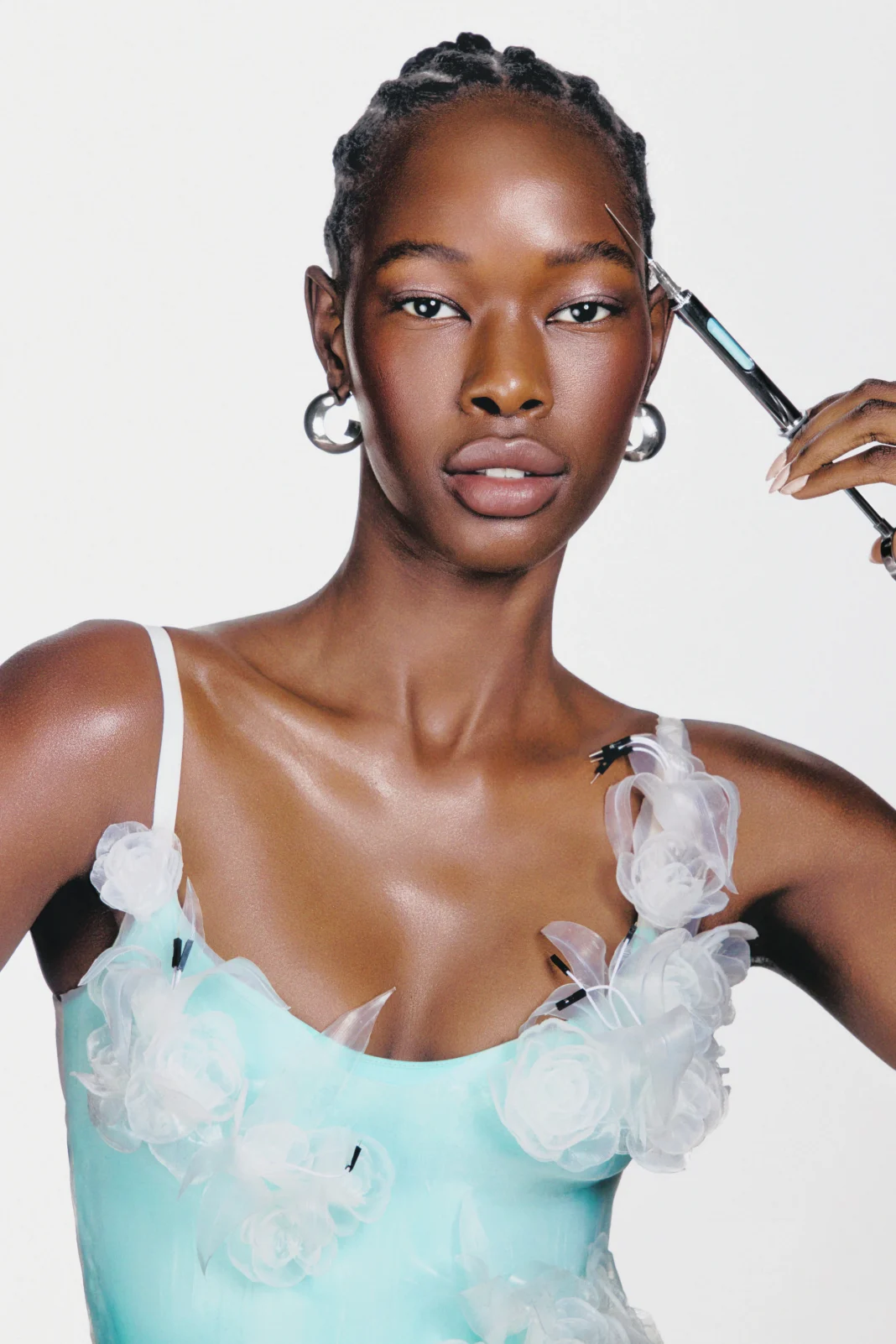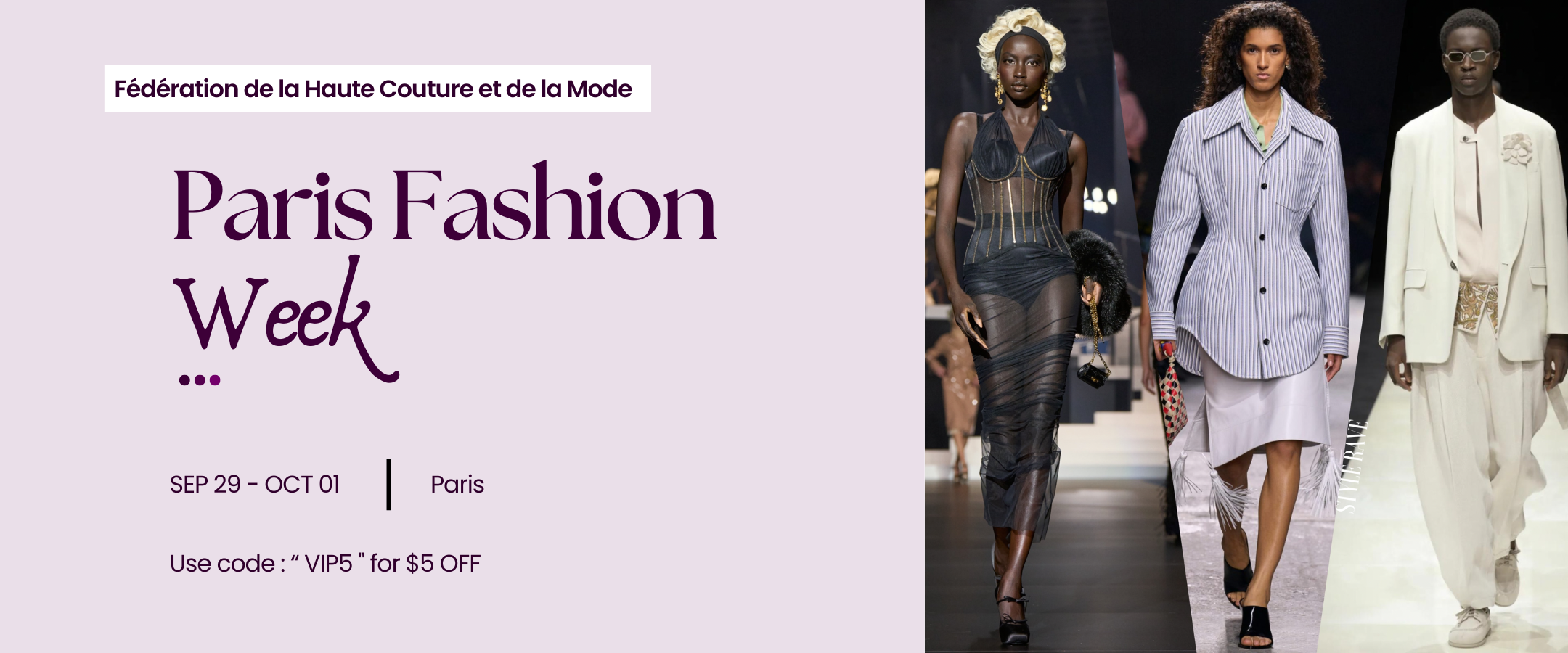n a room full of seasoned medical professionals, one simple question recently led to a jaw-dropping moment: “Have you seen patients who’ve done their own injectables at home?” The response? Nearly every hand in the room went up. From local U.S. medical events to international conferences, doctors worldwide are encountering the alarming trend of DIY dermal fillers
Dr. Theda Kontis, a double board-certified facial plastic and reconstructive surgeon, recalls a particularly distressing case: a woman who had been injecting her own lips for years hit a main artery, risking the loss of her lip entirely. Thanks to multiple treatments with hyaluronidase — a substance used to dissolve filler — the lip was saved, but the experience opened Dr. Kontis’s eyes to an unsettling underground market.
“You can buy anything online — fillers with unfamiliar names, questionable ingredients, and no guarantee of sterility”
What’s worse, these products are often marketed directly to consumers, bypassing medical regulation entirely. Dr. Kontis reported her findings to the FDA, which seems to have responded quietly — major retailers like Amazon have scaled back the sale of these unregulated products. But the ease of access persists elsewhere, especially through e-commerce platforms and social media. A quick search on certain sites still turns up syringes and injectables from unknown origins.
The consequences can be devastating. Dr. Laura Garcia-Rodriguez, a board-certified plastic surgeon, has treated multiple botched at-home injections — from marble-sized lumps that distort facial features to necrosis of the nose following a DIY liquid rhinoplasty. In one case, a patient’s infected lip filler even compromised her cheek implants, which ultimately had to be removed.
Another case seen by Dr. Anil Shah involved a woman who injected something purchased online into her forehead. The result? A vascular blockage that left half her forehead dark, swollen, and oxygen-deprived for days. Permanent nerve damage was a real possibility.
These examples aren’t rare. In fact, medical professionals are increasingly hesitant to treat these patients because of liability concerns — especially when it’s clear they’ve disregarded medical advice. As Dr. Shah explains,
“People think it looks good until it doesn’t, and then they come to us with complications that could’ve been avoided entirely”
Adding to the problem is the widespread misconception that fillers are safe because they’re “non-surgical.” But injectable fillers are medical treatments, often requiring precise anatomical knowledge to avoid complications like blindness, tissue death, and even heart attack in the worst-case scenario.
“It’s crazy that someone would buy something off the internet and stick it in their face, expecting things to go smoothly,” says Dr. Min Ahn, a board-certified facial plastic surgeon. Yet, thanks to viral videos on TikTok, Instagram, and YouTube showing self-injection techniques, more and more people are trying their hand at aesthetic procedures.
Social media glamorizes these treatments, making them seem as routine as a manicure. Add in the high cost of professional procedures and the desire to look “filtered” in real life, and it’s easy to see why some people take matters into their own hands. “I get it,” says Dr. Kontis.
“When I have injectables, I feel better about myself. But when people can’t afford it, they start looking for alternatives — and that’s where the danger lies”
Medical organizations are now urging the public to understand the risks. The American Academy of Dermatology, the American Society of Plastic Surgeons, and the American Academy of Facial Plastic and Reconstructive Surgery are united in warning: These are medical procedures — not DIY projects. Their recommendation? Always consult a licensed, board-certified professional.
While experts admit that they won’t be able to stop every DIY injector, the growing awareness and gradual crackdown on unregulated online sales may help slow the trend. For now, though, the message is clear: Saving a few bucks isn’t worth risking your face — or your life.


